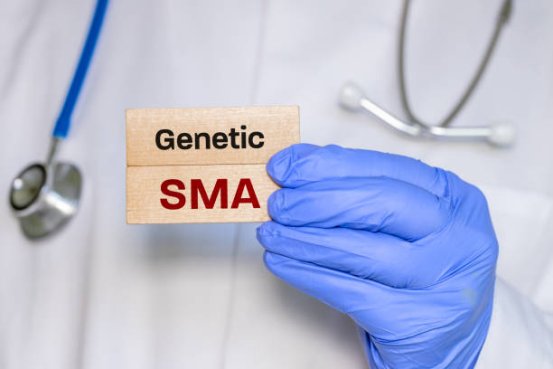Spinal muscular atrophy (SMA) is a rare inherited condition that leads to progressive muscle weakness and loss of motor function. Recent advances in gene therapy are creating new treatment options and offering renewed optimism for patients and families. This article examines SMA, the progress of gene therapy, its mechanism, potential benefits and risks, and future treatment directions.

What is spinal muscular atrophy?
SMA stems from mutations in the SMN1 gene, which is responsible for producing a protein vital for motor neuron survival. Without sufficient SMN protein, motor neurons gradually deteriorate, leading to muscle weakness, mobility difficulties, and, in severe cases, breathing and swallowing problems. SMA appears in multiple forms with varying severity, all of which affect daily life. According to the Spinal Muscular Atrophy Foundation, SMA remains one of the leading genetic causes of infant death.
The development of gene therapy
Gene therapy aims to correct or replace faulty genes to restore normal biological functions. For SMA, the field has made significant breakthroughs in the past decade. A landmark was the FDA’s 2019 approval of onasemnogene abeparvovec (Zolgensma), a one-time infusion delivering a healthy copy of the SMN1 gene. Clinical studies, particularly in infants with SMA types 1 and 2, have shown major improvements in motor skills and survival. Zolgensma’s success has fueled worldwide efforts to advance gene therapy further.
How gene therapy functions
SMA gene therapy employs an adeno-associated virus (AAV) as a vector to introduce a functional SMN1 gene into patient cells. Delivered through a single intravenous infusion, this therapy allows cells to produce the critical SMN protein, which helps preserve motor neuron function. Many young patients experience better motor development and improved quality of life. This treatment also demonstrates the wider potential of gene therapy in addressing other genetic conditions.
Benefits and risks
While SMA gene therapy offers transformative benefits, risks remain. Side effects may include elevated liver enzymes or immune responses to the viral vector. The therapy works best when administered early in life, with limited effectiveness in older patients. Families should weigh the potential benefits and limitations in consultation with healthcare professionals. Long-term follow-up is also vital as more patients receive treatment and new therapies emerge.
Future outlook for SMA treatment
Research continues to expand the possibilities of gene therapy. Scientists are designing more precise vectors, testing combination therapies, and exploring options to extend effectiveness to older patients and less common SMA types. These innovations are expected to enhance accessibility and long-term outcomes. With ongoing progress, the outlook for SMA care is becoming increasingly hopeful, pointing toward broader and more effective treatment strategies.
Conclusion
The path from identifying the genetic roots of SMA to developing therapies such as Zolgensma underscores the transformative potential of gene therapy. While challenges remain, balancing benefits with risks is essential. Continued research is driving new advancements, offering patients and families hope for improved treatments and a brighter future in managing SMA.
